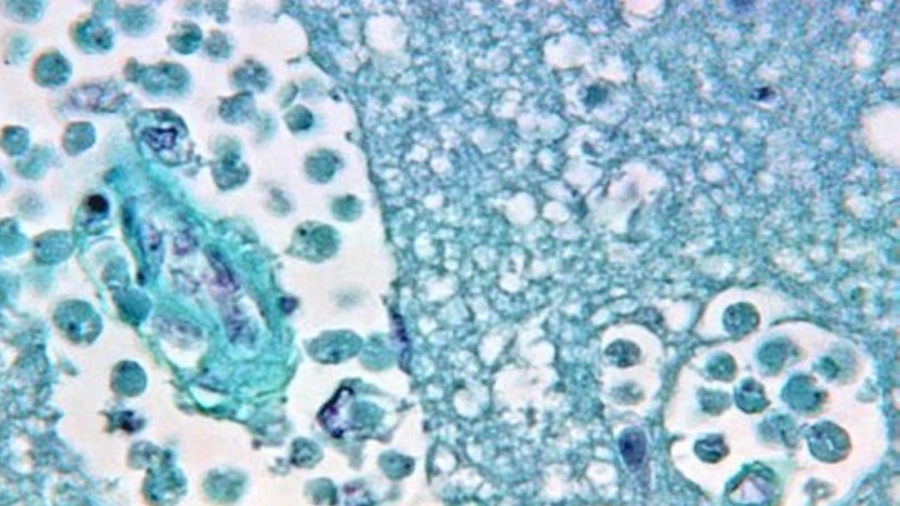A Texas resident died from an illness caused by an ameba after a swim in Lake Lyndon B. Johnson, outside of Austin, public health officials announced Wednesday.
A Travis County resident, who remains unnamed, developed amebic meningitis after swimming in the lake earlier this month, according to an Aug. 30 news release from the City of Austin.
“Although these infections are very rare, this is an important reminder that there are microbes present in natural bodies of water that can pose risks of infection,” said Austin-Travis County Medical Director Dr. Desmar Walkes. “Increased temperatures over the summer make it ideal for harmful microorganisms to grow and flourish.”
A water sample from the lake has been sent to the Centers for Disease Control and Prevention (CDC) for further analysis, Austin Public Health said.
The Lake Lyndon B. Johnson has not been closed to the public and nor are the other Highland Lakes west of Austin, which are controlled by the Lower Colorado River Authority (LCRA). “However, we caution that the ameba is naturally occurring and is commonly found in warm fresh water and could be in the Highland Lakes,” said LCRA Public Information Officer Clara Tuma.
“People who swim in the lakes do so at their own risk.”
The LCRA does perform regular water quality testing on the lakes, but these routine tests do not identify the ameba.
According to the CDC, amebic meningitis is an uncommon illness caused a particular kind of ameba called naegleria fowleri, which is, like all amebae, a single-celled organism imperceptible to the naked eye. Naegleria fowleri is often referred to as the “brain-eating ameba.” It thrives and multiplies in warm water.
The tiny organism infects the human body when water enters the nose cavity or the sinuses. When it makes its way into the brain, the ameba destroys tissue and causes swelling.
Early symptoms include headaches, nausea, vomiting, and fever. As the infection spreads, patients experience confusion, seizures, hallucinations, coma, and, in the vast majority of cases, death within a week’s time.
Even with medical treatment, the infection has a high death rate. From the 154 cases reported in the United States between 1962 and 2021, only four people have survived. Only last month, a 2-year-old boy succumbed to amebic meningitis after a swim in a natural hot spring in Nevada.
Fortunately, the infection remains very rare. Only about three people in the United States get infected each year.
The ameba cannot survive in salt water, like the oceans, and people cannot get sick by drinking water contaminated with Naegleria Fowleri, nor can infected people spread amebic meningitis to others.
The CDC issued a health advisory to reduce the risk of infection, advising people to prevent water from going up the nose by using nose clips or keeping the head above water level; to avoid jumping or diving into bodies of warm freshwater; to avoid submerging the head in hot springs or other geothermal waters; and to avoid stirring up sediments in shallow, warm freshwater, especially during the summer season.
As the ameba—and other microbes—may survive in tap water, the U.S. Food and Drug Administration recommends using distilled or sterile water for nose rinses.


